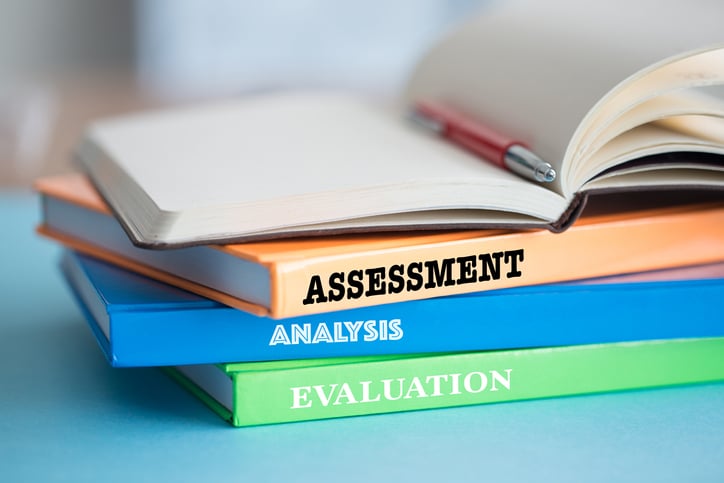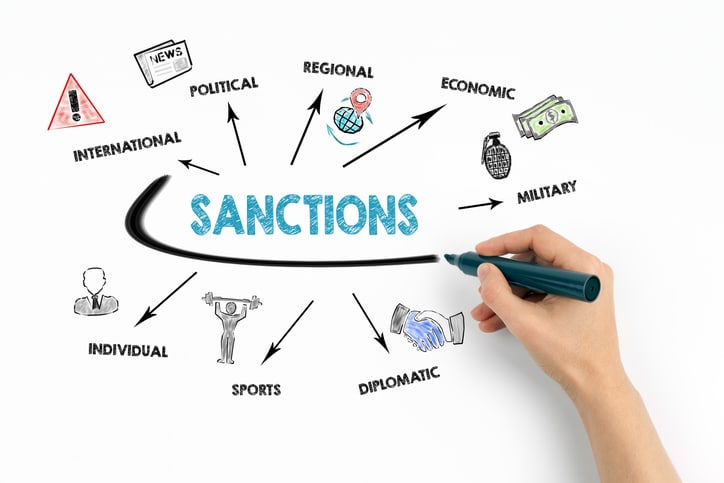
The Bureau of Industry and Security (BIS) is placing controls on marine toxins in a unilateral effort to prevent biological threats to humans and the environment by way of accidental or deliberate release. This control specifically addresses the export, reexport, or transfer of the biotoxins brevetoxin, gonyautoxin, nodularin, and palytoxin. These toxins are generally found in various species of marine algae though palytoxin can also seasonably be found in herbivorous fish and crabs.
Assistant Secretary of Commerce for Export Administration Thea D. Rozman Kendler welcomed comments on the proposal. In her comments she emphasized the importance of ensuring that the scope was appropriately defined and that controls implemented be maximized for effectiveness. She also stated that though this action is currently unilateral that it is scheduled to be proposed to the Australia Group later in 2022.
Toxins Could be Used in Biological Attacks
These controls on marine toxins were enacted in response to emerging and foundational technologies that now make it possible to isolate and purify these toxins to create biological weapons. Under this proposal, marine biological agents would be added to the Export Administration Regulations (EAR) Export Control Classification Number (ECCN) 1C351.
These toxins were placed on the Commerce Control List (CCL) under mandate of Section 1758 of the Export Control Reform Act. ECCN 1C351 places prohibitions on human and animal pathogens. These prohibitions require licensing from the Department of Commerce for export for all destinations, including Canada.
These restrictions are in place to comply with the Chemical Weapons Convention (CWC). The CWC is an international arms control treaty headquartered in the Hague in Netherlands. Its membership is comprised of 193 nation states.
It should be generally assumed that licensing for export will be denied. The Anti-Terrorism (AT) Commerce Country Chart column 1 applies to all items that fall under Chemical Warfare (CW) classifications. Currently, controlled items listed under this ECCN, include certain forms of saxitoxin and ricin.
Saxitoxin is a neurotoxin found in algae blooms and in shellfish that are contaminated by this toxin. Ingestion of this toxin by humans causes Paralytic Shellfish Poisoning (PSP). Ricin is a toxin extracted from castor oil seeds that has chemical warfare applications. Ricin causes a wide array of symptoms that can be developed by ingestion or inhalation.
Naturally Occurring Algal Biotoxins
Natural occurrences of harmful algal blooms have been increasing in frequency and severity across the globe. These blooms have caused massive die offs of fish and birds. They have also caused foodborne illnesses in humans.
Causes for this increases include run off from nutrient rich agricultural run off and coastal upswelling. These outbreaks greatly impact aquaculture, fisheries, and tourism industries.
Although many types of algae contain lethal toxin, most types of these phytoplankton sustain the environment by producing more than half the world’s oxygen supply. They also, acting as the base of the marine food chain, provide nutrients to the worlds oceans. Additionally, significant medical research has been conducted into the medical benefits of algae in the human diet.
CVG Strategy Export Compliance Expertise
If you are part of a large corporation or a small company with a part-time compliance person, CVG Strategy has the compliance and training programs to help you meet ITAR and EAR rules and requirements. Often smaller businesses often don’t have the bandwidth to dedicate to adequate export compliance. Because of this we offer outsourced Export Compliance Officer services. We also offer signs and accessories to aid in Visitor Access Control on our ITAR Store.
CVG Strategy, LLC is recognized the world over as the premier provider of customized ITAR Consulting and ITAR & Export Compliance Programs and Training that addresses critical U.S. Government regulations, from Export Administration Regulations (EAR), to the International Traffic in Arms Regulations (ITAR) and Office of Foreign Asset Controls (OFAC) and other regulatory agencies and more.






















